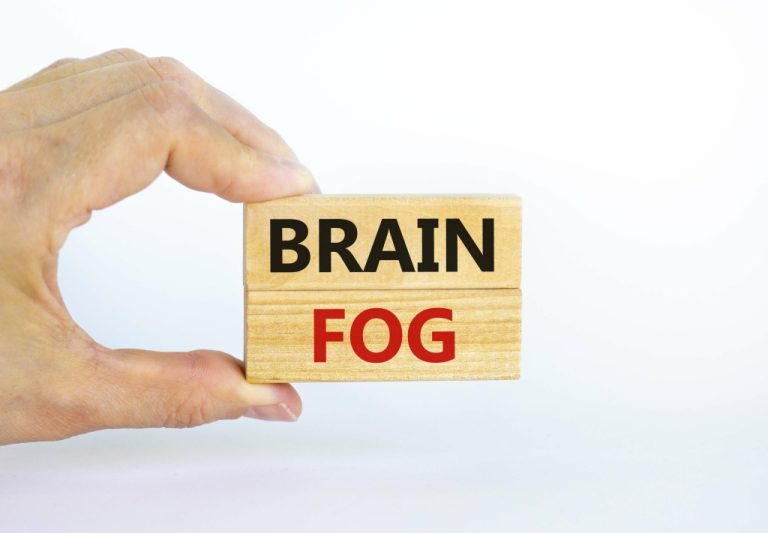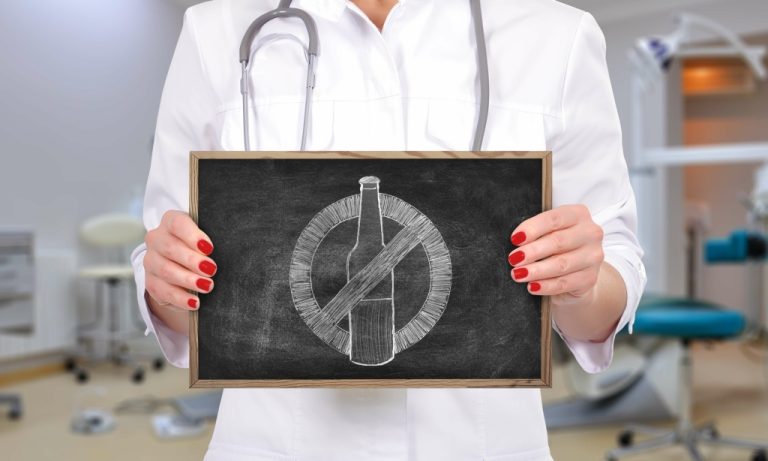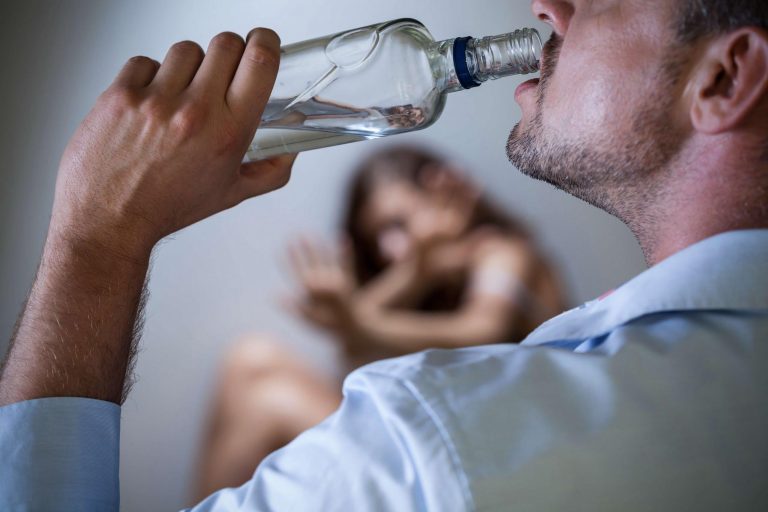It is important to remember that alcoholic ketoacidosis is a medical emergency, and delaying or avoiding seeking medical help can have serious consequences. If you or someone you know is exhibiting symptoms of alcoholic ketoacidosis, do not hesitate to seek immediate medical attention. Contact emergency services or go to the nearest emergency department for prompt evaluation and treatment. By taking proactive steps to prioritize health and well-being, individuals can work towards preventing this serious condition and improving their overall quality of life.
- Ketone bodies are fat-derived fuels used by tissues at the time of limited glucose availability.
- Although the actual prevalence is unknown, it is suggested that alcoholic ketoacidosis is a substantial cause of death among those with chronic alcoholism.
- Alcoholic ketoacidosis (AKA) is primarily caused by excessive alcohol consumption over a long period, particularly in those with chronic alcohol use.
- Did you know that excessive alcohol use is one of the major causes of preventable death in the United States?
- It is crucial to note that there are no identified ethnic or gender differences contributing to the likelihood of developing AKA.
What Are the Long-Term Complications of Alcoholic Ketoacidosis?
Ketones are a type of acid that form when the body breaks down fat for energy. If you are diagnosed with alcoholic ketoacidosis, your recovery will depend on a number of factors. Seeking help as soon as symptoms arise reduces your chances of serious complications. Treatment for alcohol addiction is also necessary to prevent a relapse of alcoholic ketoacidosis.
What Are the Treatment Options for Alcoholic Ketoacidosis?
Our goal is to foster strong support systems that contribute to long-term success. Through education and therapy, we empower individuals to regain control of their lives. Use these documentation templates to ensure complete and accurate documentation for Alcoholic Ketoacidosis. These templates include all required elements for proper coding and billing.
Possible Complications
My advice is to drink as little as possible, and don’t just drink alcohol; make sure to eat some food, especially more meat and vegetables. I used to drink, especially in the summer, I loved drinking beer, but now, I don’t drink any alcohol. In some cases, further diagnostic imaging or tests may be necessary to Sobriety evaluate the severity of AKA or identify any complications. These may include chest X-rays, electrocardiograms (ECGs), or urine analysis.
Personalized Mental Health & Addiction Care in Salem
- Addressing the underlying alcohol abuse is crucial to prevent recurrence of AKA.
- In extremes of starvation, after the exhaustion of the free glucose and after that, the body’s glycogen reserves, fatty acids become the primary fuel source.
- Other vitamins and minerals, such as magnesium, are added to the saline solution.
- Alcoholic ketoacidosis can develop when you drink excessive amounts of alcohol for a long period of time.
- This includes giving them fluids, keeping an eye on their electrolyte levels, and treating them to prevent alcohol withdrawal symptoms.
Documentation errors, coding pitfalls, and audit risks are interconnected aspects of medical coding and billing. Addressing all three areas helps ensure accurate coding, optimal alcoholic ketoacidosis smell reimbursement, and regulatory compliance. They enjoy the feeling of clinking glasses and constantly immerse themselves in a state between sobriety and intoxication. I think if it’s a friend’s gathering, a moderate amount of drinking is fine; sincerity is more important than drinking capacity. At this time, stay rational and don’t be stubborn; life is truly more important than anything else. Long-term alcoholics often suffer from vitamin B1 deficiency due to malnutrition, limiting gluconeogenesis and reducing liver lactate absorption.
Risks of Mixing Cocaine and Xanax
If you’re suspected of https://jebret188.com/alcohol-misuse-risks-2/ having a condition known as alcoholic ketoacidosis, your doctor will likely order several laboratory tests to help evaluate your health status. To treat alcoholic ketoacidosis, doctors give people thiamine (vitamin B1) by vein (intravenously) followed by intravenous saline and glucose solution. Other vitamins and minerals, such as magnesium, are added to the saline solution.
This causes your liver to produce ketone bodies as an alternate source of energy. Although ketosis is a normal response to energy needs, excessive ketone bodies can cause a buildup of acidic ketoacids in the blood, resulting in metabolic acidosis. During physical examination, healthcare professionals look for signs that are consistent with AKA, such as signs of dehydration and an alcoholic odor on the breath. The patient’s recent nutritional intake, particularly a history of poor oral intake or fasting, is also considered, as AKA often occurs after a period of relative starvation. Persistent vomiting and abdominal pain are common complaints that may be reported by the patient.
What are the Symptoms of Alcoholic Ketoacidosis?
Remember, Alcoholic Ketoacidosis is a serious medical condition that requires prompt attention and comprehensive management. Seeking help from healthcare professionals is crucial in ensuring the best possible outcome. Alcoholic ketoacidosis occurs in patients who often engage in severe alcoholism.







